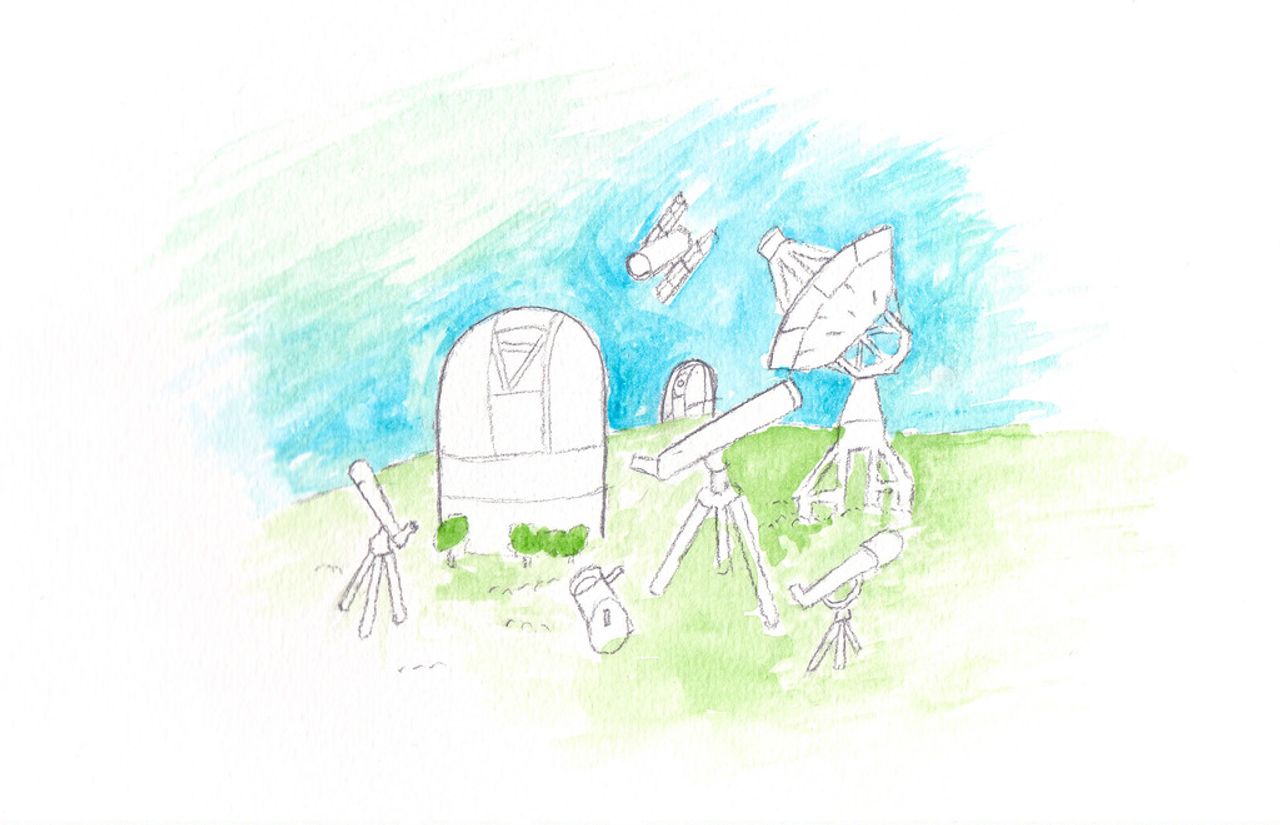See Also

Binstock: You seem fastidious about always giving people credit for their work.
Alan Kay: Well, I’m an old-fashioned guy. And I also happen to believe in history. The lack of interest, the disdain for history is what makes computing not-quite-a-field.
Let’s embrace attribution and adaptation: creation doesn’t happen in a vacuum.
It’s easy to lose the storyline of why things are made and where inspiration comes from - especially with open source software where the foundations are destroyed and rebuilt each year.
Recently I’ve been using See Also as a way to make this explicit. It’s simply a heading that can be in a readme file or a blog post. It can serve as a pointer to similar projects or even just things on the same topic. For projects with heritage, it can serve as a sort of historical hint. For some projects like simple-statistics, See Also outgrew the readme and has a standalone page.
Explicitly crediting the sources of our ideas is good for the community, and sharing our knowledge of suggestions and similarities will make the web easier and friendlier to explore.
See Also
- See Also is named after by Wikipedia’s See Also section that sits just above citations.
- Curator’s Code is a similar project that defines a new sign and differentiates between direct & indirect discovery. A freeform approach that doesn’t rely on symbol recognition feels more right to me: with English, you can specify more complex and subtle ideas than you can with a link.